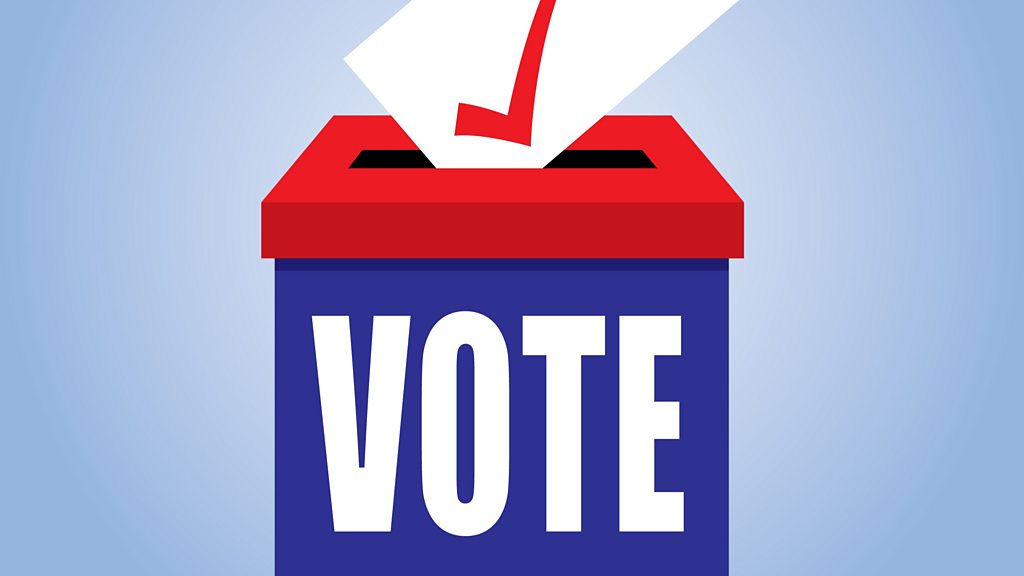
India, the world’s largest democracy, is built on the principle of universal suffrage, where every adult citizen has the right to vote. However, an interesting discrepancy exists in the weightage of each vote across states. The value of a vote cast in Bihar is markedly lower than that of Tamil Nadu, raising important questions about electoral representation, regional disparity, and the dynamics of India’s political structure.
Uneven Representation in the Electoral College
The root of this discrepancy lies in the structure of India’s electoral college. When electing the President of India, the votes of Members of Legislative Assemblies (MLAs) are assigned a value that varies by state. This value is determined by the population of the state, as recorded in the 1971 Census, divided by the number of elected MLAs. While the idea behind this system is to ensure proportional representation, the reliance on the 1971 Census has created an imbalance that has persisted for decades.
Bihar, despite its significant population growth since 1971, has a relatively low vote value compared to Tamil Nadu. Tamil Nadu, which has successfully stabilized its population growth through effective policies, benefits from a higher per capita vote value. This difference reflects deeper issues of development, governance, and resource allocation that merit closer examination.
Population Growth and Its Electoral Impact
Population growth is a crucial factor in determining the value of a vote. Bihar, with one of the highest population growth rates in India, has seen its population expand dramatically since 1971. However, the freeze on delimitation and the use of outdated census data mean that the state’s growing population does not translate into a proportional increase in representation or voting weight.
In contrast, Tamil Nadu’s steady population growth and successful implementation of family planning policies have resulted in a stable demographic profile. This stability is rewarded in the current system, as the value of a vote in Tamil Nadu reflects a more balanced voter-to-representative ratio.
Governance and Policy Implementation
Another critical factor contributing to this disparity is governance. Tamil Nadu’s government has historically invested in education, healthcare, and welfare programs, resulting in better socio-economic indicators compared to Bihar. These advancements have not only stabilized the state’s population but also fostered higher voter participation and awareness, enhancing the perceived value of each vote.
Bihar, on the other hand, has faced decades of socio-political challenges, including poverty, illiteracy, and infrastructural deficits. These issues have hindered the state’s progress in stabilizing population growth and improving governance, thereby affecting the weightage of its votes in national elections.
Historical Context and Policy Decisions
The historical trajectory of both states sheds light on their current electoral dynamics. Post-independence, Tamil Nadu embraced policies that prioritized industrialization, literacy, and urbanization. Its emphasis on socio-economic development translated into a higher quality of life for its residents and a more engaged electorate.
Bihar, in contrast, faced political instability and underinvestment in critical sectors. The absence of sustained efforts to address poverty and illiteracy has perpetuated a cycle of socio-economic stagnation, impacting the state’s electoral representation and the perceived value of its votes.
The Role of Delimitation and Electoral Reforms
The delimitation exercise, which redraws the boundaries of electoral constituencies, is central to ensuring equitable representation. However, a freeze on delimitation, first imposed in 1976 and extended until 2026, has perpetuated existing disparities. States like Bihar, with rapidly growing populations, remain underrepresented, while Tamil Nadu benefits from a relatively stable voter base.
Electoral reforms aimed at revisiting the basis for vote value calculation could address this imbalance. Adopting more recent population data or implementing a dynamic system that adjusts vote values periodically might ensure fairer representation for all states.
Socio-Economic Disparities Between States
The stark contrast between Bihar and Tamil Nadu extends beyond electoral dynamics. Socio-economic indicators such as literacy rates, healthcare access, and per capita income highlight significant disparities between the two states. Tamil Nadu’s development trajectory has been marked by consistent progress in these areas, contributing to a higher quality of life and a more informed electorate.
Bihar, despite its rich cultural heritage and potential for growth, continues to grapple with developmental challenges. Bridging this gap requires targeted investments in infrastructure, education, and healthcare, alongside efforts to enhance governance and accountability.
Education: A Tale of Two States
Education has been a transformative force in Tamil Nadu’s development. With initiatives such as the Mid-Day Meal Scheme, the state has consistently worked to improve school enrollment and literacy rates. The emphasis on education has created an informed electorate capable of participating actively in the democratic process.
In Bihar, however, systemic issues such as teacher shortages, inadequate infrastructure, and socio-economic barriers have hindered educational progress. Improving access to quality education in Bihar could play a pivotal role in addressing its socio-political challenges and enhancing the value of its votes.
Healthcare and Population Control

Healthcare is another area where Tamil Nadu outshines Bihar. The state’s robust public healthcare system, coupled with widespread awareness campaigns, has contributed to lower fertility rates and better population management. This demographic stability is reflected in the state’s higher vote value.
Bihar’s healthcare infrastructure, on the other hand, remains underdeveloped. High fertility rates and limited access to family planning services have led to rapid population growth, further exacerbating the state’s electoral and developmental challenges. Strengthening healthcare systems in Bihar is essential for achieving demographic and electoral balance.
Infrastructure and Economic Growth
Economic development and infrastructure are closely linked to the value of votes. Tamil Nadu’s thriving industrial sector, efficient transportation networks, and urbanization have contributed to its economic prosperity and higher electoral influence.
Bihar, despite its abundant natural resources and strategic location, has struggled to attract investment and develop infrastructure. Addressing these bottlenecks could unlock the state’s economic potential and enhance its political representation.
Cultural and Social Factors
Cultural and social dynamics also play a role in shaping electoral outcomes. Tamil Nadu’s cohesive social structure and active civil society have fostered a culture of political engagement and accountability. This has strengthened the state’s democratic institutions and amplified the value of its votes.
In Bihar, deep-rooted caste divisions and socio-economic inequalities have often overshadowed governance and development. Bridging these divides and promoting social cohesion are crucial for empowering the state’s electorate and enhancing its electoral significance.
National Implications of Electoral Disparities
The disparity in vote value between Bihar and Tamil Nadu has broader implications for India’s democracy. Unequal representation undermines the principle of “one person, one vote” and affects the balance of power in national decision-making.
Ensuring electoral equity is vital for strengthening India’s democratic fabric. Reforms that address regional disparities and promote inclusive growth can help create a more balanced and representative political system.
The Way Forward: Ensuring Electoral Equity
Addressing the disparity in vote value requires a multi-faceted approach that encompasses electoral reforms, population stabilization, and socio-economic development. Revisiting the freeze on delimitation and incorporating updated census data would be a critical first step toward ensuring fair representation.
Additionally, empowering states like Bihar through targeted development initiatives can help create a level playing field. Investments in education, healthcare, and infrastructure, coupled with effective governance, would not only enhance the quality of life for residents but also contribute to a more balanced electoral system.
Conclusion: A Call for Democratic Balance
The disparity in vote value between Bihar and Tamil Nadu underscores the complexities of India’s democratic system. While the principle of universal suffrage ensures that every citizen has a voice, the varying weightage of votes highlights the need for reforms to uphold the spirit of equality and fairness.
Achieving electoral equity requires a holistic approach that addresses the root causes of disparity, from population growth and governance to socio-economic development and electoral representation. By fostering inclusive growth and revisiting outdated policies, India can strengthen its democracy and ensure that every vote truly counts.

